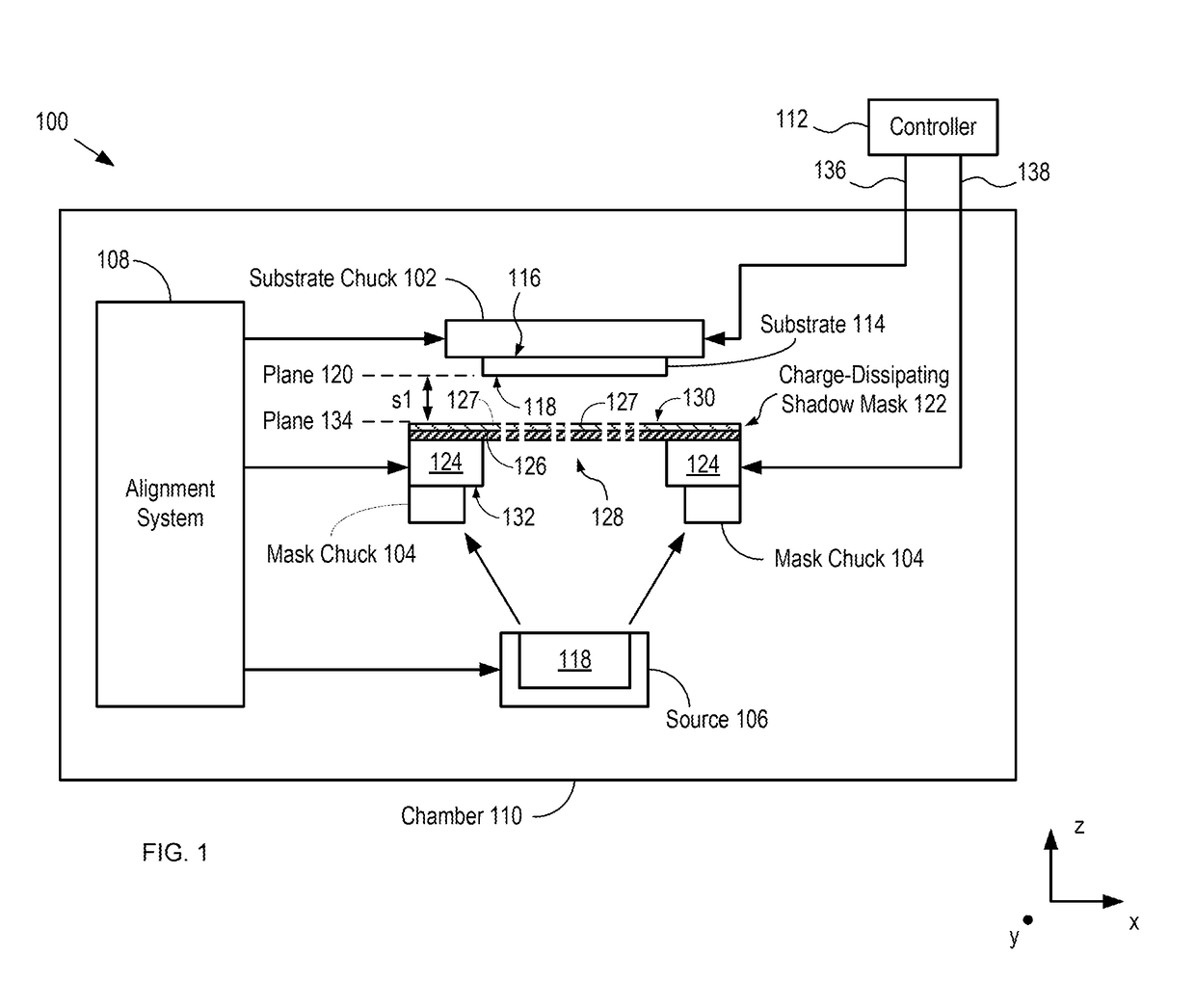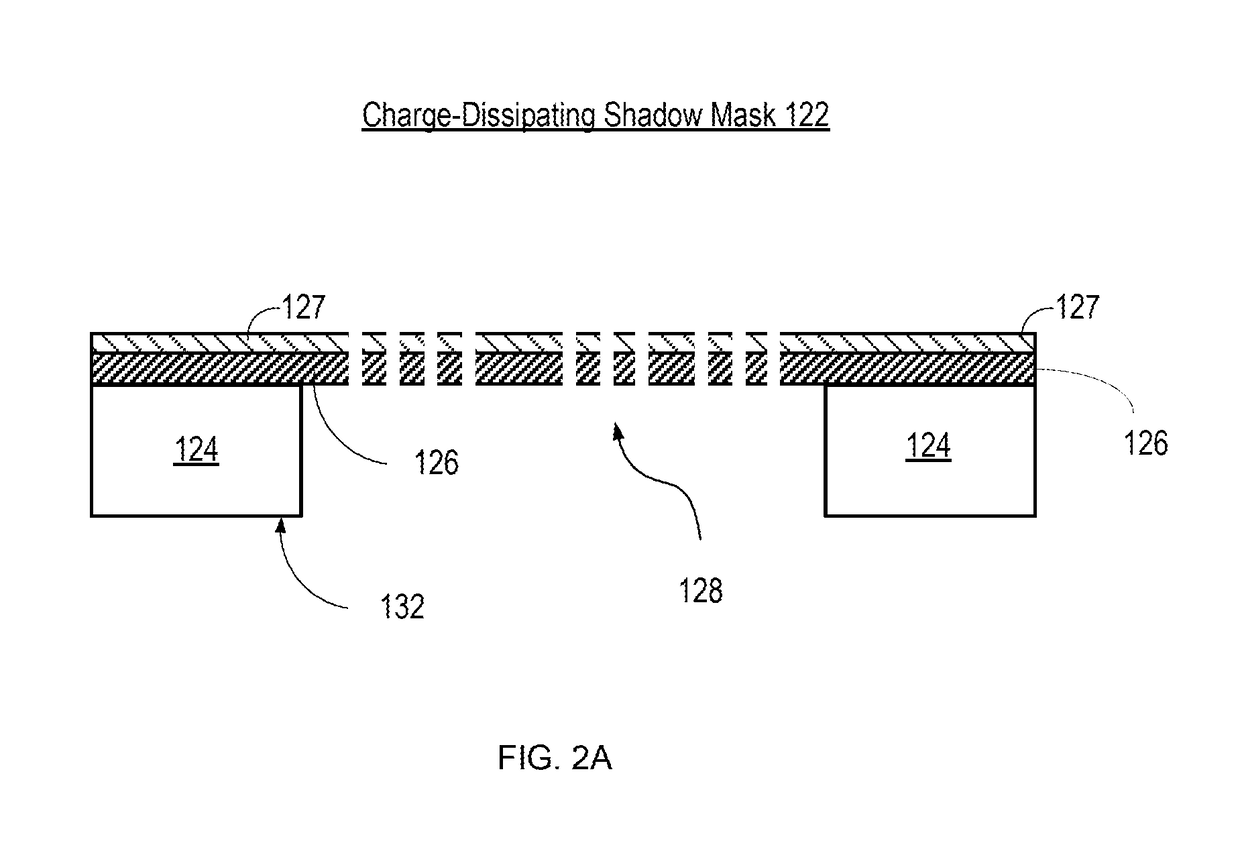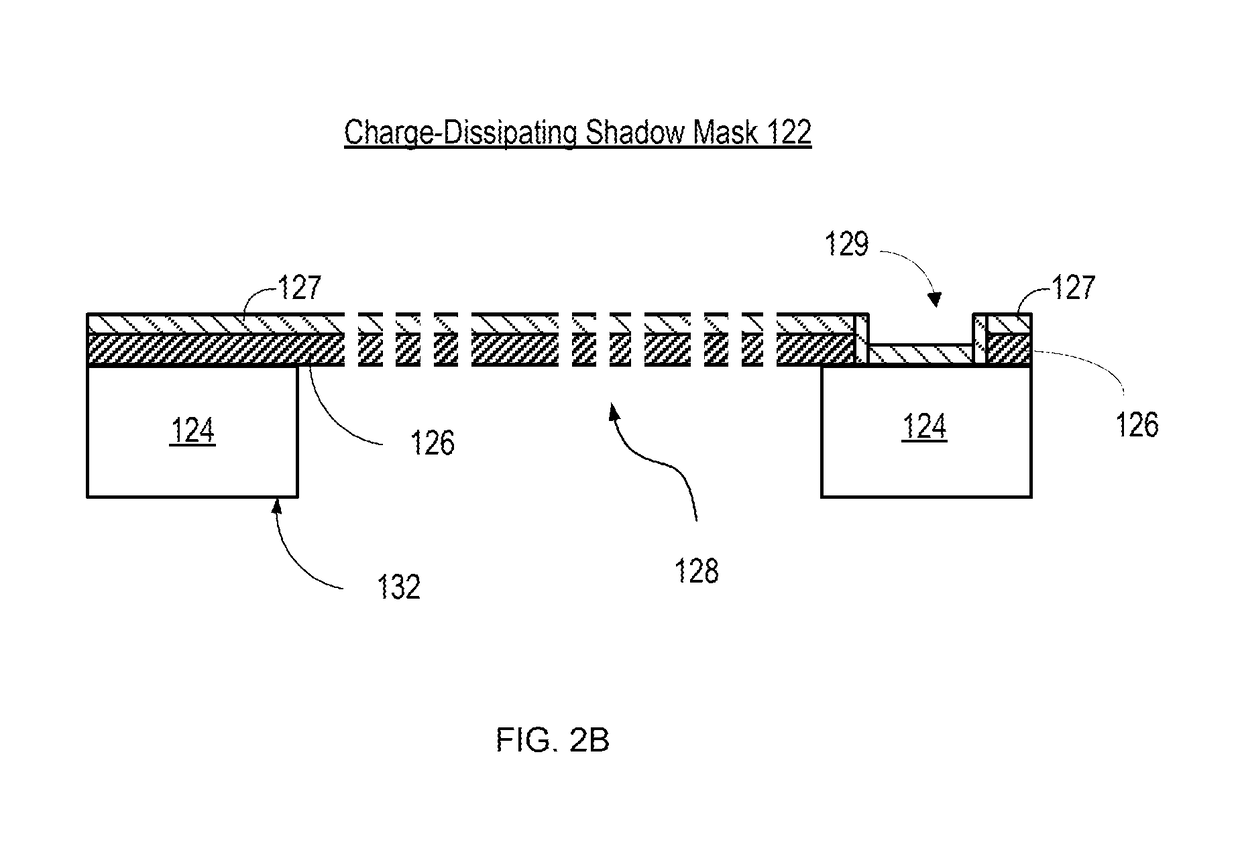System and method for reducing attractive forces between a deposition mask and substrate and a deposition system and method utilizing the same
- Summary
- Abstract
- Description
- Claims
- Application Information
AI Technical Summary
Benefits of technology
Problems solved by technology
Method used
Image
Examples
Embodiment Construction
[0041]In the following detailed description of various embodiments of the system and method of the present invention, numerous specific details are set forth in order to provide a thorough understanding of various aspects of one or more embodiments. However, the one or more embodiments may be practiced without some or all of these specific details. In other instances, well-known methods, procedures, and / or components have not been described in detail so as not to unnecessarily obscure aspects of embodiments.
[0042]While preferred embodiments are disclosed, still other embodiments of the system and method of the present invention will become apparent to those skilled in the art from the following detailed description, which shows and describes illustrative embodiments. As will be realized, the following disclosure is capable of modifications in various obvious aspects, all without departing from the spirit and scope of the present invention. Also, the reference or non-reference to a p...
PUM
| Property | Measurement | Unit |
|---|---|---|
| Electrical conductor | aaaaa | aaaaa |
| Electrostatic force | aaaaa | aaaaa |
| Attractive force | aaaaa | aaaaa |
Abstract
Description
Claims
Application Information
 Login to View More
Login to View More - R&D
- Intellectual Property
- Life Sciences
- Materials
- Tech Scout
- Unparalleled Data Quality
- Higher Quality Content
- 60% Fewer Hallucinations
Browse by: Latest US Patents, China's latest patents, Technical Efficacy Thesaurus, Application Domain, Technology Topic, Popular Technical Reports.
© 2025 PatSnap. All rights reserved.Legal|Privacy policy|Modern Slavery Act Transparency Statement|Sitemap|About US| Contact US: help@patsnap.com



